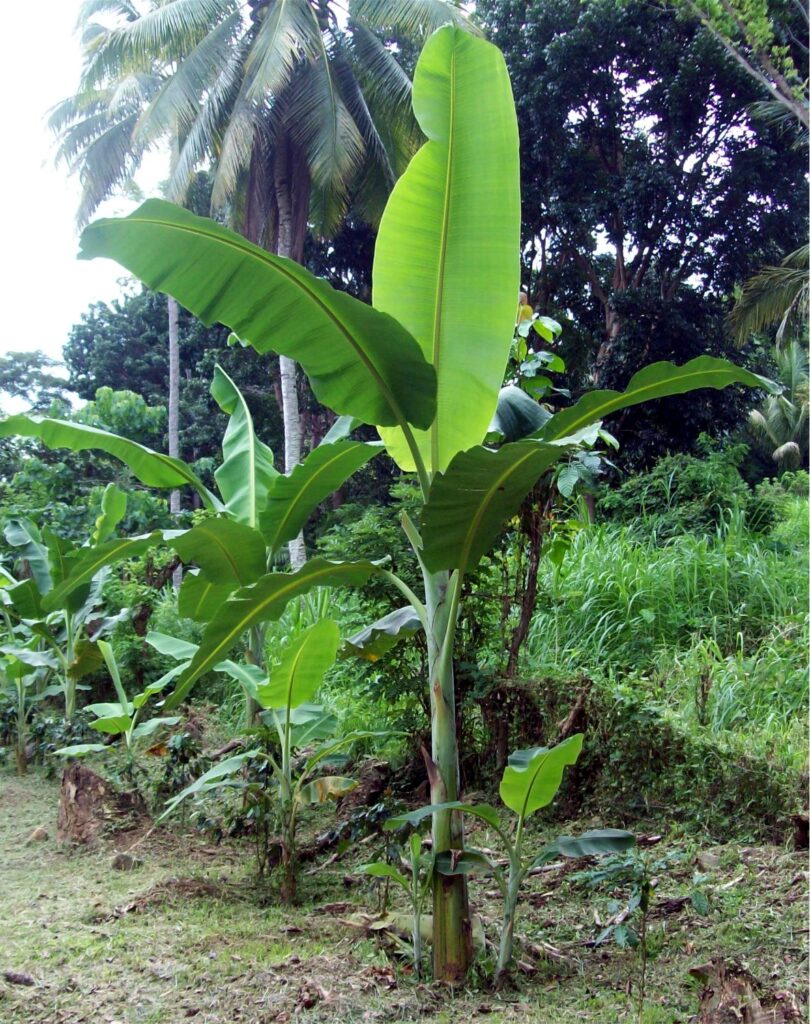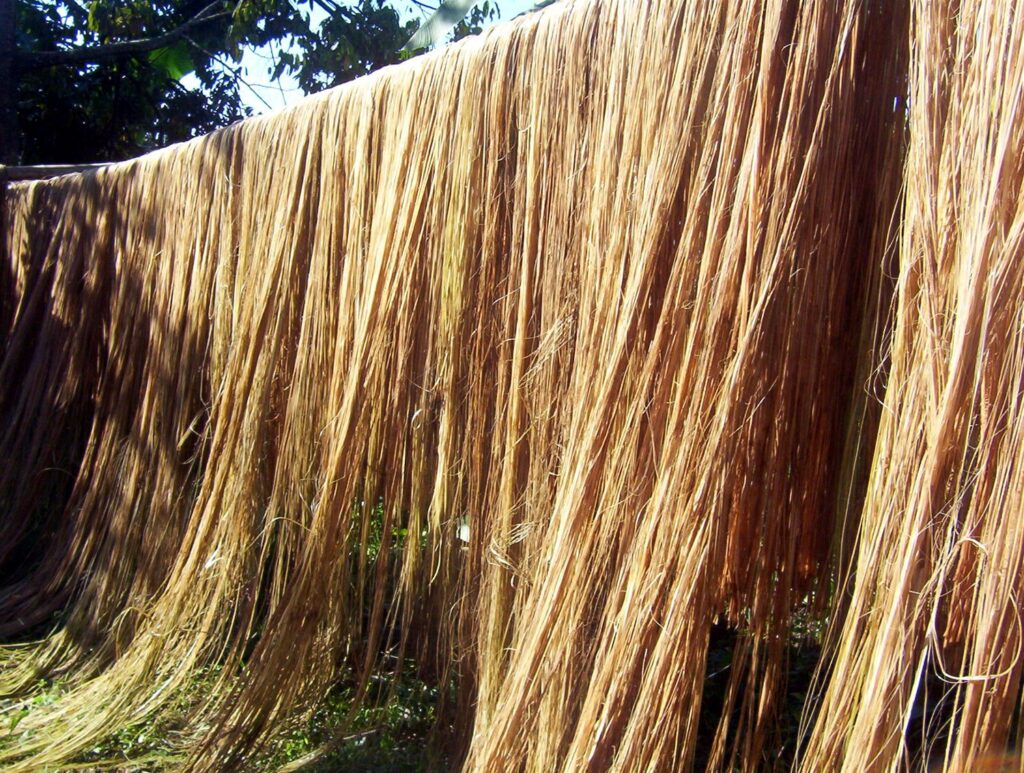Text and Photos By Henrylito D. Tacio
Lake Lanao, located within the Bangsamoro Autonomous Region of Muslim Mindanao (BARMM), is part of Lanao del Sur. With a surface area of 340 square kilometers, it is the largest lake in Mindanao and the second largest in the country. Scholars have been pushing for the lake’s inclusion in the World Heritage List of the United Nations Economic, Social and Cultural Organization (UNESCO).
In 1992, then President Corazon C. Aquino proclaimed Lake Lanao – whose hydroelectric facilities provide 65% of Mindanao’s power demand – as a watershed reservation through Presidential Proclamation 971 “to ensure protection of forest cover and water yield for hydropower, irrigation and domestic use.”
Despite this proclamation, the Lake Lanao River Basin (LLRB) continues to deteriorate. The Mindanao State University, in a study done in 2006, showed that the lake suffers from massive algae contamination brought about by indiscriminate logging, extensive land use, and farming.
“Lake Lanao’s watersheds have been confronted with deforestation, unsustainable farming, limited economic opportunities, and limited development projects,” a recent press statement said. “All of these further worsen natural resources degradation and poverty.”
Something must be done about it.
So much so that the BARMM’S Integrated Natural Resources and Environmental Management Project (INREMP) – of the Department of Environment and Natural Resources (DENR) – has integrated a Maranao Ethnic Development Plan in its natural resources program in LLRB.
Considered as part of their ancestral domain, LLRB is of significant historical and cultural importance to indigenous peoples, particularly the Maranao peoples who continue to live in areas surrounding the lake.
“The Maranaos have kept their own culture in keeping with the environment under the Al Khalifa Islamic concept of people as stewards of nature,” the press statement said. “However, due to pervasive poverty, some residents have resorted to illegal resource extraction and conversion of forests into farm lands.”
This is why DENR has carried out extensive natural resource management (NRM) – with a budget of P78 million – in LLRB. As of the end of May, NRM includes a reforestation area of 145 hectares and an agroforestry area of 1,300 hectares.
Commercial tree plantation (CTP) covers 527 hectares, and conservation farming, 110 hectares. Forest trees planted under CTP are falcata and mahogany. For conservation farming, the trees include fruit trees such as durian, rambutan, lanzones, and forest trees, together with cash crops and root crops.
Agroforestry areas are planted with rice, corn, banana, and palapa or white dallion (a root crop used as an appetizer) and fruit trees and forest trees. Reforestation areas are planted with narra and lauan.
For its part, the environment department has linked forest communities in Lake Lanao with abaca exporter Newtech Pulp Inc. to bring the hope of sustained livelihood while conserving the watershed.
Three people’s organizations (PO) are now partners of Newtech Pulp in the supply of abaca fiber. Newtech Pulp has an abaca pulp manufacturing plant in Maria Cristina Balo, Lanao del Norte.
The POs are Sunrise Producer Association, Wato Balindong Farmers’ Cooperative, and Sania Farmers Association. These POs operate in Piagapo, Balindong, and Maguing all in the Province of Lanao del Sur.
Newtech Pulp is sourcing abaca fiber from an estimated 200 hectares of abaca plantation that are under INREMP.
“These people’s organization used to harvest (rice and other crops like abaca, and banana) just once a year. Their production in abaca is being sustained because they are now supplying directly to Newtech Pulp Inc.,” said Samsodin Taha, operations manager at INREMP’s Lake Lanao River Basin (LLRB).
DENR is looking further in partnering with the Ministry of Agriculture, Fisheries and Agrarian Reform (MAFAR-LDS), Ministry of Environment, Natural Resources and Energy (MENRE-LDS), and Department of Agriculture (DA) for a future expansion of the abaca plantation.

Abaca plants 
Sun drying abaca fibers
“If these three agencies will infuse investment into the abaca project, the LLRB abaca area can expand by three times more in the future,” Taha said.
The INREMP – jointly funded by the Asian Development Bank and the Philippine government – covers rehabilitation of six sub-watersheds in LLRB: Marawi-Saguiaran, Ramain, Malaig, West, Taraka, and Gata. Its livelihood enhancement includes the provision of a turmeric processing machine for the Mapantao-Saguiaran People’s Organization and its mini-warehouse.
On the other hand, a solar drying pavement has been put up for Dimapatoy Farmers Association. Meanwhile, an abaca stripping machine has been provided for the Harith Tree Planting Farmers Association.
Abaca is currently in demand all over the world. Used to be called “Manila hemp,” abaca is not actually hemp. Unlike Russian hemp or American hemp, both of which are derived from Cannabis sativa, abaca is a member of the banana family.
“Abaca has been grown in the Philippines for centuries, long before the Spanish occupation,” reports the Philippine Fiber Industry Development Authority (PhilFida). “When (Ferdinand) Magellan and his companions arrived in Cebu in 1521, they noticed that the natives were wearing clothes made from the fiber of abaca plant, noting further that the weaving of the fiber was already widespread in the island.”
However, it was not until 1685 that abaca was known in the Western world. Then, in 1820, John White, an American Navy lieutenant, brought abaca fiber samples to the US. A cargo of abaca was sent to Salem, Massachusetts, under the label “Manila.” The Americans later became the largest abaca importers as the port of Manila was opened for international trade in 1834.
“The Japanese also took keen interest in abaca for naval use,” wrote Ernesto Lawagan in an article that appeared in the defunct Mod. “They improved the method of production introduced by the Americans and put the abaca industry in the Philippines to a higher level of efficiency.”
It was in the 1920s when the Philippines monopolized the world production of abaca fibers, which are obtained from the plant leaves. “In 1921, the U.S. Department of Agriculture decided to cultivate abaca in Central America, particularly in Panama, Costa Rica, Guatemala, and Honduras, using the most outstanding Philippine abaca varieties. Much of these resulted in failure,” Lawagan wrote.
After World War II, Furukawa Yoshizo, one of the prewar abaca plantation owners in Davao, started field-testing and successfully cultivating abaca in Ecuador. “Today, Ecuador is the only other country commercially producing abaca in the world,” Lawagan noted. “Costa Rica, on the other hand, is now developing modern harvest facilities as studies indicated that its land could accommodate high yields of the crop.”
In later years, on the onrush of modern technology, abaca was no longer given importance and was relegated to the background. “The advent of oil-based synthetic fibers in the mid-1950s, which rapidly replaced the traditional usage of natural fibers, displaced abaca as prime cordage material and precipitated its almost total collapse,” Lawagan wrote. The Philippine abaca industry suffered a slump as prices hit rock-bottom that several farmers eventually phased out their plantations.”
But thanks to the global shortage of many natural resources and the pollution being wrought by synthetic products on the environment, abaca stages a comeback. “Significant breakthroughs in technology and processes took place in the ‘60s that brought about development of new uses for abaca, particularly in the use of pulp for the production of specialty paper products,” PhilFida reported.
Agriculturists say the country’s agro-climatic conditions are perfect for growing abaca, which many people still mistake for banana plants. In the Philippines, abaca has been found growing in virtually all types of soils and climates. But it is found most productive in areas where the soil is volcanic in origin, rich in organic matter, loose, friable, and well-drained, clay loam type.
Abaca is prized for its great mechanical strength, resistance to saltwater damage, and long fiber length – up to 30 meters. The best grades of abaca are fine, lustrous, light beige in color, and very strong.
These days, most abaca fibers are pulped and processed into specialty papers. This includes tea and coffee bags, sausage casing paper, currency notes (the country’s Central Bank is using 20% abaca for peso bills: 200, 500, and 1,000), cigarette filter papers, medical/food preparation/disposal papers, high-quality writing paper, vacuum bags and more.
Abaca also made news recently when it was reported that face masks made from abaca fiber have a filtration rate seven times better than cloth masks and have lower water absorption than the N95 mask. This was based on a study conducted by the DOST Region 10.
Wearing a face mask is one of the health protocols recommended by the World Health Organization from being infected by the SARS-CoV-2, the coronavirus that causes the dreaded coronavirus disease 2019 (COVID-19).
The 7XB face mask, as it is called, is a product of Salay Handmade Products Industries, Incorporated (SHPII). This artisanal company based in Misamis Oriental has been producing world-class stationery products for the last three decades.
“We have this strong, tear-resistant, and water-absorbent paper material that was introduced to us about five years ago,” SHPII’s Neil Francis Rafisura was quoted as saying by The Philippine Star. “We experimented by applying this strong material to make face mask or face cover. The material is based from 100% abaca fiber, the strongest fiber in the world.”
According to Rafisura, the face masks are done manually. “The raw abaca fiber undergoes at least 15 processes before they are cut and sewn into face covers,” he explained. “It also has three layers: two layers of abaca-based filters in 90 to 220 grams per square meter and one layer of cloth.”

